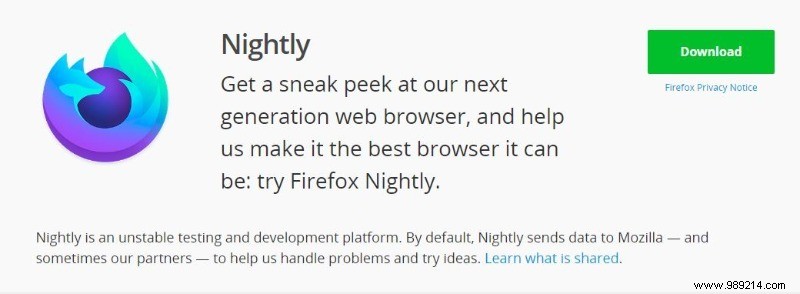When it comes to the internet, the goal is always speed. Very soon, site owners will have the ability to use the new HTTP/3 to improve their site speed, and once your browser adopts the new protocol, you'll notice faster data downloads.
HTTP, or HyperText Transfer Protocol, is the network protocol used by the World Wide Web that allows you to open links to web pages. Its main purpose is to communicate with a web server.
The protocol was developed in the late 1980s and early 1990s, and it was released to the public in 1996. This first version of the protocol was the only one for almost twenty years until the release of the second version, HTTP/2, in 2015. The second generation of HTTP used pipelining and data compression to speed up the connection.
Now, just four years later, HTTP/3 is beginning to integrate into browsers and websites and promises to make the Internet even faster.
HTTP/3 has been adopted by the IETF (Internet Engineering Task Force) as a more modern replacement for HTTP/2. It is a blend of several technologies that work together to improve both speed and security when accessing information on the Internet.
This new technology sends data faster, is less susceptible to errors, and reduces latency so the site starts loading quickly when you click the link. HTTP/3 also has built-in encryption, so there is no need for a separate HTTPS designation. It runs Transport Layer Security (TLS) 1.3 encryption. It's the same protocol that puts the "S" in HTTPS.

Faster initial contacts also help speed up the process. During a handshake, the two communicating sites exchange messages to recognize each other, verify each other and establish encryption and session keys.
Once the connection is established, data begins to flow using the UDP protocol. Packets flow in any order, which speeds up transmission. This works because each packet contains an identifying marker that allows packets to be ordered once they are received.
Hold on. It will come. If you do nothing, you will soon find that the internet has accelerated for you at no cost. Your browser will eventually switch to HTTP/3.
If you're eager to try it, both Chrome and Firefox browsers have trial versions of it you can access.
On Chrome, you can enable the flag to use it experimentally:

On Mozilla Firefox, you can download the beta version of Firefox every night.

Chromium-based browsers like Opera and Microsoft Edge will inherit Google's HTTP/3 technology.
Cloudflare currently offers the option to use HTTP 3 to its customers who have been on the waitlist. Their users will be able to use these upgrades on their sites and make them faster. Facebook and Google have been using this technology for quite some time.
Like many other readers, you might not care what makes your internet faster as long as the speed improves. HTTP/3 won't necessarily create an instant, super-fast access experience, but as more browsers and websites start using HTTP3, your experience with the Internet will improve.